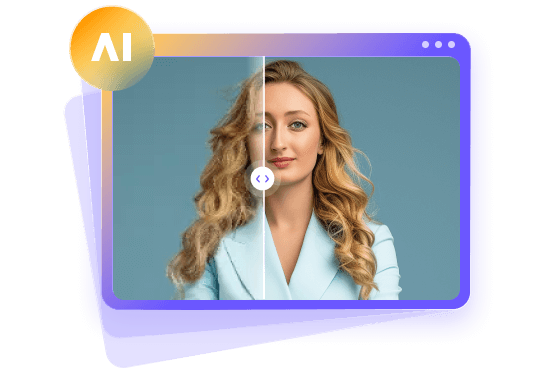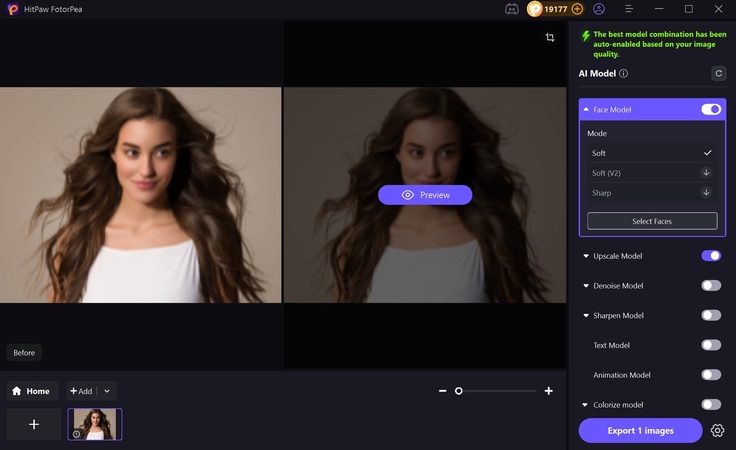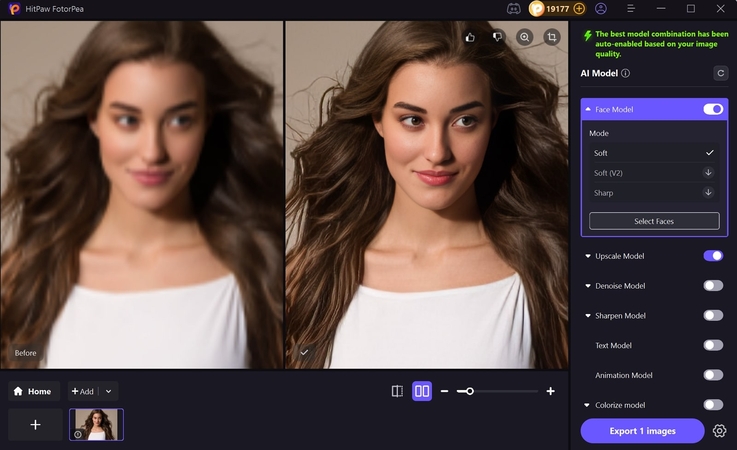Focusing Camera for Perfect Shots: A Comprehensive Guide
A perfect shot starts with one key element: focus. A sharp, well-focused image captures attention and looks professional. Whether you're a beginner or a pro, mastering your focusing camera is essential. And with tools like HitPaw FotorPea, you can enhance clarity and polish your photos even further.
Ready to take your photography to the next level? Let's dive into the power of focusing camera techniques!
1. What Is a Focusing Camera and How It Works
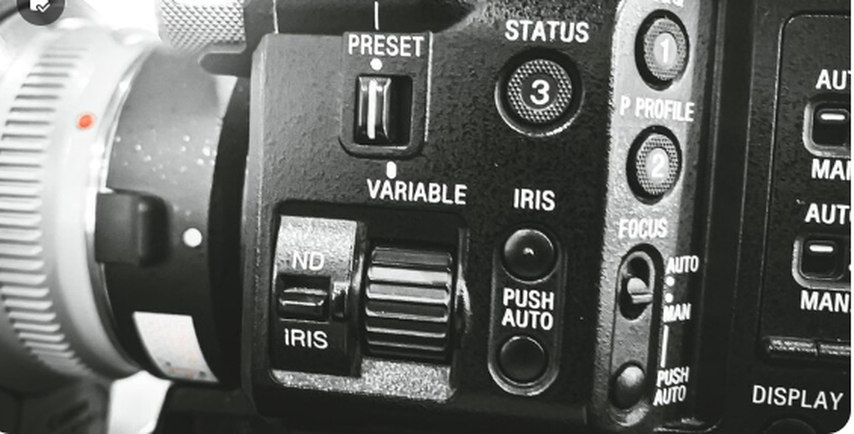
The idea of a focusing camera is to make its subject more or less sharp in your composition. The light passing through the camera lens must converge precisely on the sensor plane to form a sharp image. Even a slight miscalculation in focus can result in blur or softness.
Modern equipment has an abundance of autofocus points and programmable modes, which allow for getting sharp photographs very easily. Still, understanding the system via an auto-focusing camera settings guide is critical.
A conversation with the functions of the camera enables you to make more effective photographic decisions, particularly at the moment of adjusting to various mechanisms, such as low light, moving subjects, or shallow depth-of-field situations.
In shooting portraits, action, landscapes, or any other kind of photography, once you have a grasp on the mechanisms of your focusing camera, you are always capable of taking awe-inspiring photos.
2. Why Focusing Matters in Photography
Focus can do more than clarify an image; it can also guide attention, provide emotion, and give the story added detail. When it comes to professional photography, the focus is what makes the difference between a good picture and an ordinary one.
For instance, in focusing a camera for portrait photography, sharp eyes are the emotional core of an image. When it is slightly out of focus, the relationship between viewer and subject is diminished.
Conversely, landscape photography frequently needs an intense field of view in which the whole foreground and also the mountains in the distance should be sharp.
In Field or Wildlife photography, your models may be moving fast, and thus, appropriate focus is crucial to arrest the moment. Using strategies to focus the camera effectively allows you to adapt to these challenges and ensure the results are always crisp, clean, and intentional.
Finally, proper focus will indicate to your camera and your viewers what is essential in your picture.
3. Enhance Your Photos with HitPaw FotorPea
Spot-on focus will still not get you out of trouble, as post-processing can push your image to a higher level. That's where tools like HitPaw FotorPea come in. Advanced AI enables classy editing that makes this powerful editor smart enough to improve photos intelligently.
This tool enables you to explore the possibilities of your camera regardless of the reason you want to use those posted contents, whether on social media, to clients, or even to personal portfolios. Images developed with the ideal concentration and professional finishing are awesome.
Step 1:After entering the tool, tap "Enhance Photo Now" to import the pixelated sibling photo to the editing interface.

Step 2:After importing your pixelated image, enable the "Face Model" along with other required models, and click the "Preview" button

Step 3:After the image is generated, click "Export 1 image" to render it to the designated folder of the device.

4. Different Types of Focusing Camera Systems and Their Uses
Current digital cameras are loaded with advanced focusing mechanisms. Knowing how to use them improves your skill in shooting in different situations. The following is the breakdown of major focus modes and how they should be used.
Single Point vs Multi Point Autofocus
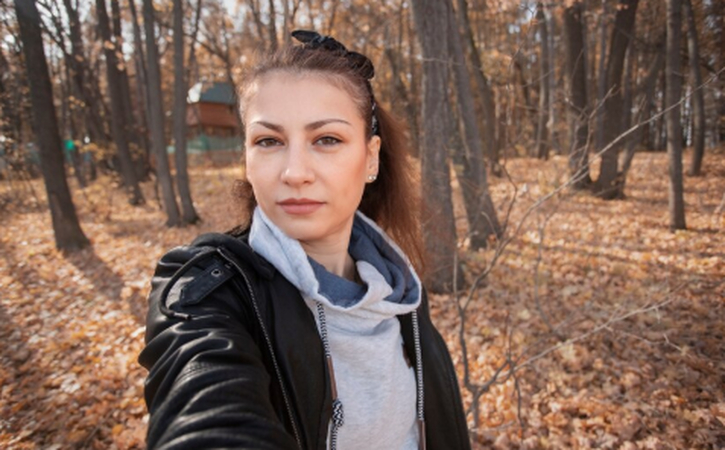
In single-point autofocus, you can choose one subject that has to be focused on manually. It is precise, thus good to use in portraits or macro photography. You are free to put the point wherever you please--usually into the eyes of the subject to produce the most significant effect upon the heart.

Multi-point autofocus distributes focus points throughout the frame; on the other hand, it does so. It also selects the subject most likely to be chosen automatically, which is good when dealing with moving objects such as athletes or animals.
Although it is more automated, it can often choose an incorrect focus spot when there are several objects in the frame.
When learning from a focusing camera tutorial beginner resource, practice both modes to understand how they affect composition and story.
Continuous vs Manual Focus Modes
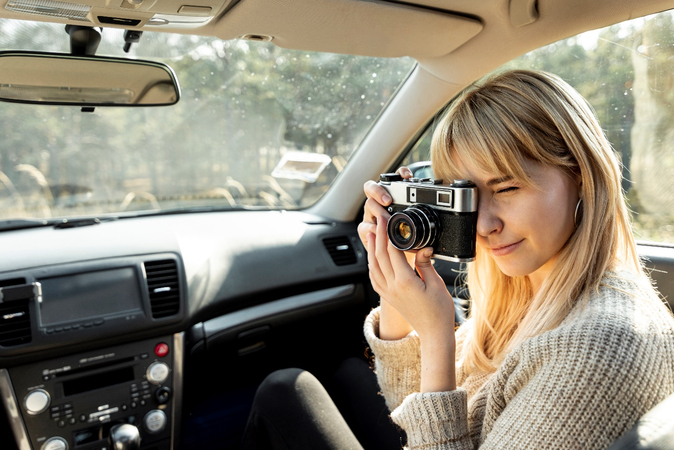
Auto focus continuous (AF-C) is required when your subject approaches the camera or recedes. It continuously refocuses in real time: even when the subject is moving, it will still be in focus. This comes in handy, especially during video or action photography.
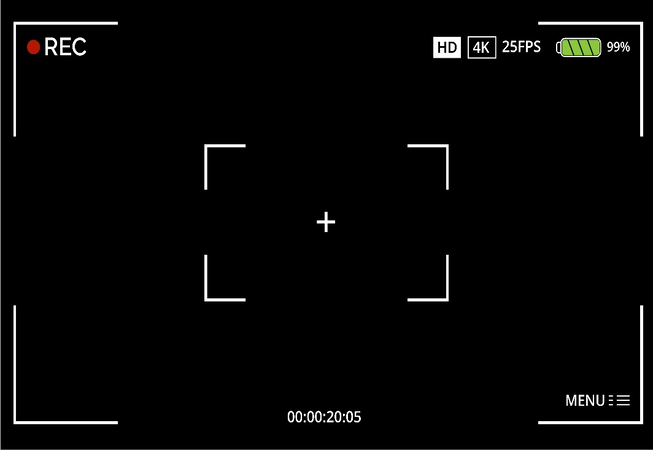
Manual focus, in turn, allows the user to exercise complete control. It is the usual mode choice when you want hyper-detailed product shots or well-controlled conditions, or you find the autofocus system not working so well (as in low light).
Pair continuous autofocus with focusing camera video stabilization tips to prevent shaky, blurry footage and achieve cinematic quality in handheld shooting.
Eye AF and Face Detection Focus
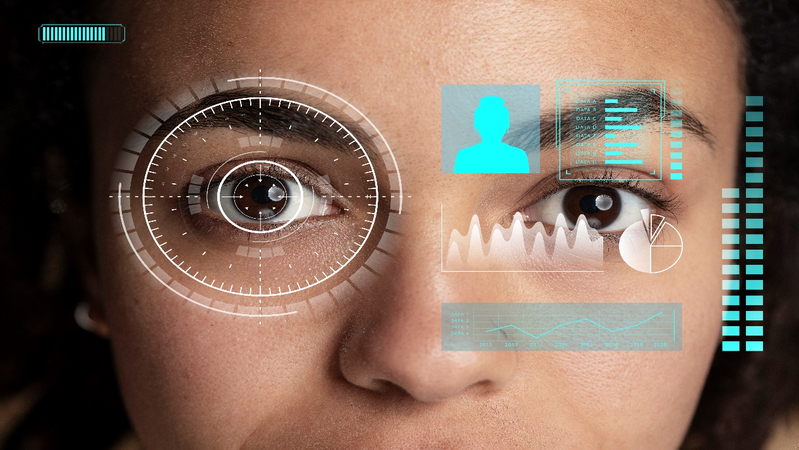
Eye Autofocus (Eye AF) is one of the most appreciated aspects of current focusing gear. It focuses in particular on the eye of a person, even when he moves. Face detection is the same, but it focuses on the face, not the eye.
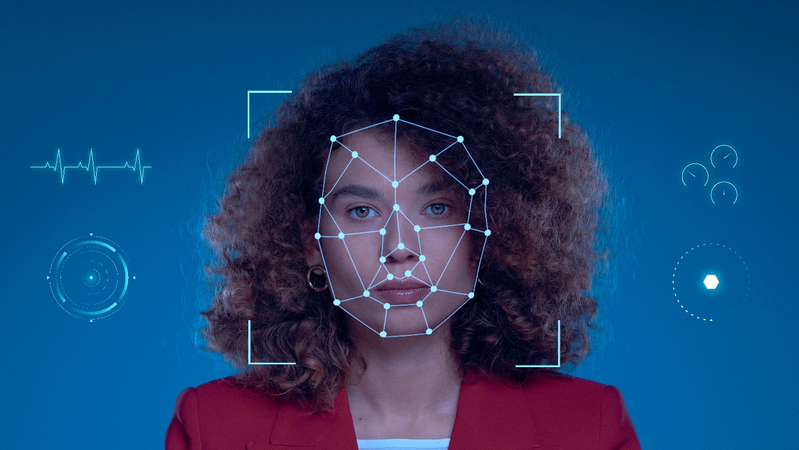
These innovative features are perfect for a focusing camera for portrait photography, especially in dynamic environments like events or weddings. When paired with an auto-focusing camera settings guide, you can customize the system to prioritize the left or right eye, track multiple faces, or adjust speed and sensitivity.
5. How to Use a Focusing Camera for Better Shots
Being able to focus, just like other things, is an art that can be acquired by applying knowledge and practice. Use the correct preset:
- Use single-shot autofocus (AF-S) for still subjects
- Choose continuous autofocus (AF-C) for motion
- Activate focus peaking if available, especially when using manual lenses
It is excellent advice to have your focusing button independent of the shutter (sometimes referred to as back-button focusing). This aids you in keeping a steady focus when you are recomposing your shot.
During your practice, aim back and front to see how changing depth and aperture affects the level of your focus. Incorporate focusing camera tutorial beginner exercises, like photographing toys or people at staggered intervals.
Explore the best focusing camera techniques like:
- Focus and recompose(Note: Best for mid-to-telephoto lenses; with wide-angle lenses, recomposing may shift the focal plane and cause blur.)
- Use gridlines to align your subject
- Zoom in using Live View for precise manual focus
Ultimately, understanding how to use a focusing camera effectively comes down to adapting these techniques to real-world scenarios-whether you're capturing still portraits or fast-paced action shots.
6. Choosing the Right Focusing Camera Setup for Your Needs
The question of what type of photography or videography you want to perform determines the ideal camera setup. The following are bits of advice that will guide your choice:
- If you specialize in focusing a camera for portrait photography, go for a camera with reliable Eye AF, good low-light performance, and fast autofocus tracking.
- If you're a beginner, prioritize ease of use and look for built-in auto-focusing camera settings guide options.
- For hybrid creators who shoot both video and stills, ensure your camera supports focusing, camera video stabilization tips, and real-time focus tracking.
The type of lenses used also counts, i.e., prime lenses with wide apertures are excellent when using shallow depth of field, and zoom lenses are good when the composition needs to be full of variability.
Lastly, do not miss out on accessories. Follow focus gears, tripods, and external monitors will make a difference in terms of accuracy in the focusing, especially in professional work.
7. Focusing Camera FAQs
A focus camera helps to ensure that your subject is well captured as the lens is focused in such a way that the light lands on the sensor correctly. This leads to high-resolution, smooth images and professional-like pictures.
Yes! The printed focusing charts, magnifiers, or focusing rails that are standard aid DIY accessories to enhance manual focusing accuracy in macro photography. They are easy and affordable learning tools.
It depends on what you are writing about. Continuous focus is superb when you are trying to shift around objects, and a single point is more useful when dealing with still objects such as portraits. The two are helpful depending on your shooting technique.
Absolutely. Improvements can be made even to the sharpest of the images. HitPaw FotorPea sharpens and polishes your photos, correcting minor focus errors and elevating image quality.
Final Thoughts
Emphasis is the lifeblood of all great pictures. Whether you are referring to an emotional portrait or a cinematic video, accurate focusing catches the eye and conveys your message effectively. By understanding your camera's capabilities, mastering techniques, and using tools like HitPaw FotorPea, you can take your creative vision to the next level.
Skill and innovative technology together, and your camera becomes more than a device; it becomes your storytelling companion. Train, improve, and develop.
Leave a Comment
Create your review for HitPaw articles



